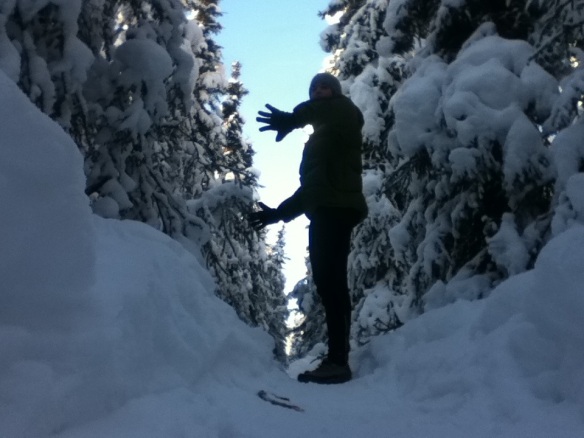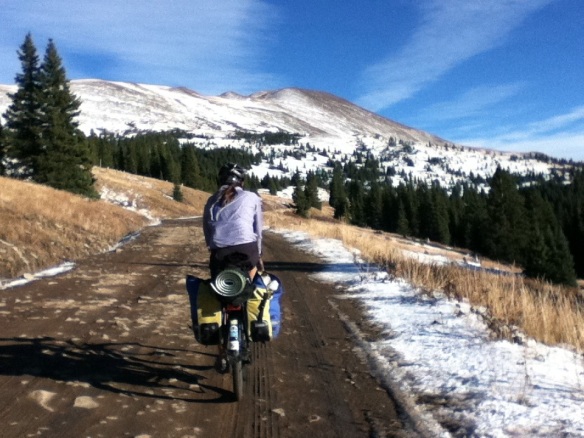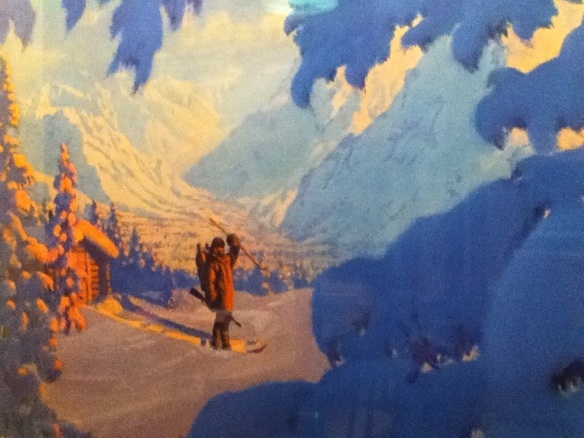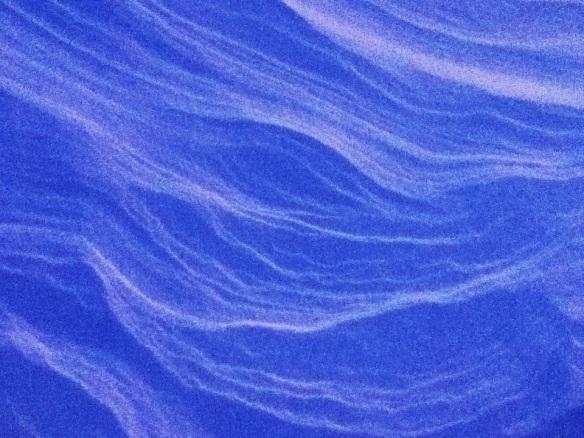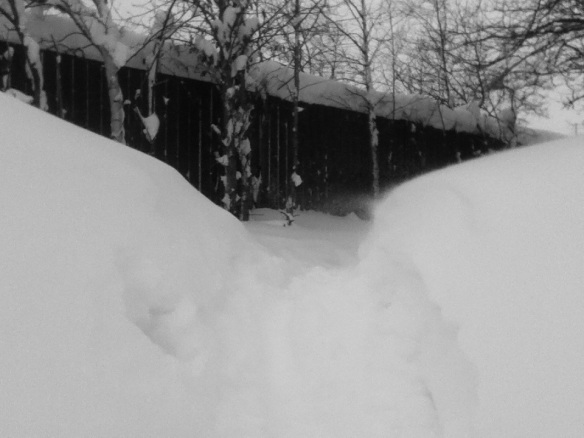
Excerpted from the introduction to Harvey Manning’s Walking the Beach to Bellingham, “Traveling with Spiders”:
By 1976 I was a quarter-century too late to make the first ascent of Mount Everest. Neither was I likely, having developed a dread of water too deep to see the bottom, to sail a small boat around the world. All in all, my lust for high adventure had simmered down to quite a low level. This is not to say the juices had dried up. What they’d done was stew around in an odd corner of the pot and ferment up a quirky appetite for low adventure.
While onetime climbing pals were hopping into aircraft to hobnob with grizzly bears in the Brooks Range, to trek in Nepal, to ski in New Zealand, to float the Grand Canyon, to kayak around Cape Horn, I was working up a plan to go down to the Seattle waterfront carrying a sleeping bag and a rucksackful of kipper snacks, apples, Snickers, and Pepsi Cola and take deck passage on the Alaska ferry. Not to “do” Alaska– I wouldn’t so much as get off the boat– would turn right around and come straight home.
While one of my daughters was Keltying through Latin America, another was bicycling across Canada, the third was doing stand-up comedy in Chicago, my son was looking to be blown up by terrorists in Ireland or North Africa, and my wife was jetting over the Greenland Icecap to Wales, I was pondering an intriguing new means of travel. A friend by the name (solely) of Orpheus told me to watch university bulletin boards for cryptic notices giving a destination, dates of departure and arrival, and a phone number. Those who on the appointed day boarded the old bus with “Greyhound” or” Trailways” or “Sequim School District” barely painted out would be assured (machinery permitting) of reaching their destination on or about the stated date. However, by majority vote the group might elect side trips– to a national park, county fair, arts and crafts festival, concert or rodeo. A show of hands would be enough to bring a halt for a swim in a handy river or lake, or to buy ice cream cones. When a site attracted, the group would camp overnight. When not, it would drive on, perhaps stopping briefly on the prairies to howl at the moon with the coyotes. In the Gypsy Bus System (which is not a system, no more than an anarchy has a bureaucracy) a journey has a destination, but getting there is the trip.
I’ve not yet taken the Alaska ferry or caught the Gypsy Bus. I will, though, one of these days. I’m sure of that because I did walk the beach from Seattle to Bellingham. Low adventure gets in your blood.
It may be alleged that I took the beach hike because I was too poor and too chicken about airplanes to trek in Nepal. However, hoping not to offend my legion of friends who have taken enough color slides there to keep the carousels of their projectors spinning until they have no more friends, I deplore the very desire to visit Everest base camp. To be sure, long lines of sahibs and coolies plodding up and down the passes, climbers rest-stepping by the hundreds up the “orange peel route” on Mount Rainier fascinate me. So do ant colonies. If ants evolved a leisure culture, they would do these things. Spiders, by contrast, would also travel extensively; however, they would not go by jet, but by Gypsy Bus, because they would not be seeking to capture the world in color slides but to web [it’s] pieces together in unity. I know these things from watching ants and traveling with spiders.
Walking the Beach to Bellingham was originally printed by Madrona Publishers of Seattle, WA in 1986. The second edition, available for a nominal price from online retailers, was reissued by the Oregon State University Press, 2002.
Additionally, from the introduction: “If this isn’t a guide book, what is it? A book of sermons, perhaps. Generally, people should stay home. Forget gaining a little knowledge about a lot and strive to learn a lot about a little.”
Harvey Manning died in 2006, and is considered to be of foundational importance to outdoor activity, especially walking, in the Pacific Northwest.











